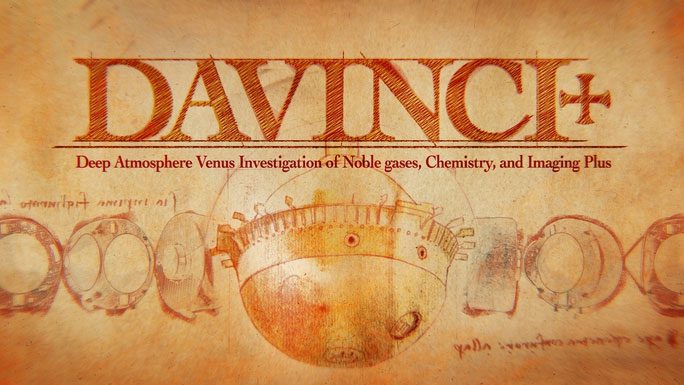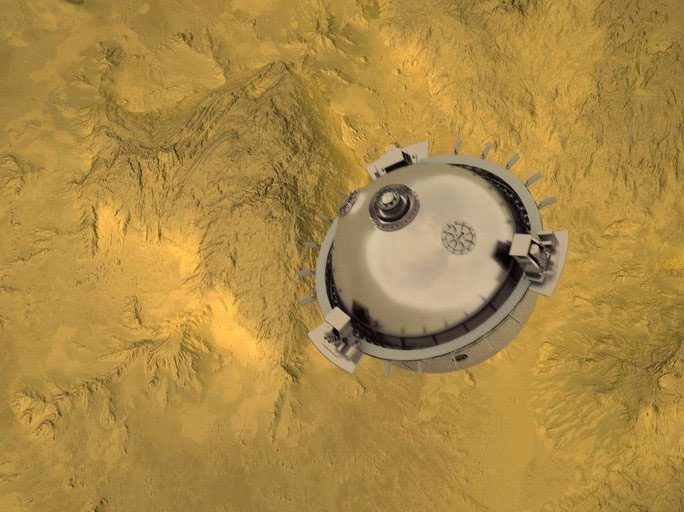The spacecraft named after the brilliant scientist and Renaissance artist Leonardo da Vinci will embark on a mission to explore the planet that NASA believes is most similar to Earth.
According to NASA, the naming of this spacecraft is inspired by the grand vision of the renowned scientist, with hopes that DAVINCI will delve into the mysterious history of Venus, providing unprecedented data about “Earth’s twin.”
Like many previous studies led by NASA, Venus was once born to be a habitable planet just like Earth: situated in the habitable zone, capable of retaining liquid water, and possessing all conditions to become a green planet like our Earth.

Illustration of the preliminary structure of the DAVINCI spacecraft – (Image: NASA).
However, the evolutionary process of the planet was unfortunately disrupted—possibly due to intense geological activity—that caused the planet’s rotation to stagnate, and its atmosphere became enveloped in harmful gases, leading to a catastrophic greenhouse effect, which ultimately resulted in a “failed Earth,” no longer capable of sustaining life.
Despite this, some studies still suggest that life, in some form, may still lurk in this mysterious planet, for example, within its dense cloud cover. There is also evidence that this planet may still exhibit geological activity, a factor that keeps it “alive.”
According to SciTech Daily, NASA’s DAVINCI mission will aim to answer these questions: This spacecraft will search for clues about the mysterious molecules in Venus’s clouds, measure the chemical composition of these clouds, study certain types of rocks in highland regions, and for the first time directly capture images of mountains on the planet, similar to what NASA has done with Mars.

DAVINCI is expected to open the door to a “new Renaissance” for Venus, according to NASA – (Image: NASA).
All these measurements make Venus an important “laboratory” for us to understand the history of Earth itself.
DAVINCI also paves the way for a series of NASA and ESA (European Space Agency) missions in the 2030s, by setting a new frontier as it helps determine whether Venus had—or at least ever had—oceans, and how its climate and atmospheric system have evolved over billions of years.
Another crucial answer that NASA hopes DAVINCI will provide is whether Venus ever harbored life, and how that life may have been lost throughout the planet’s history.
DAVINCI is still under construction by NASA, with graphics depicting a strange spherical spacecraft that appears to “parachute” down to Venus after being transported there by another vessel.


















































